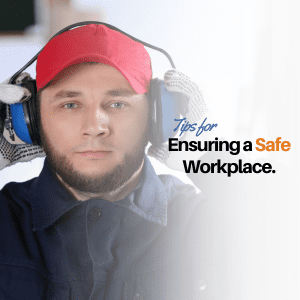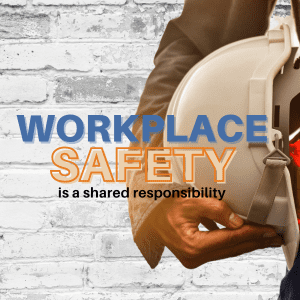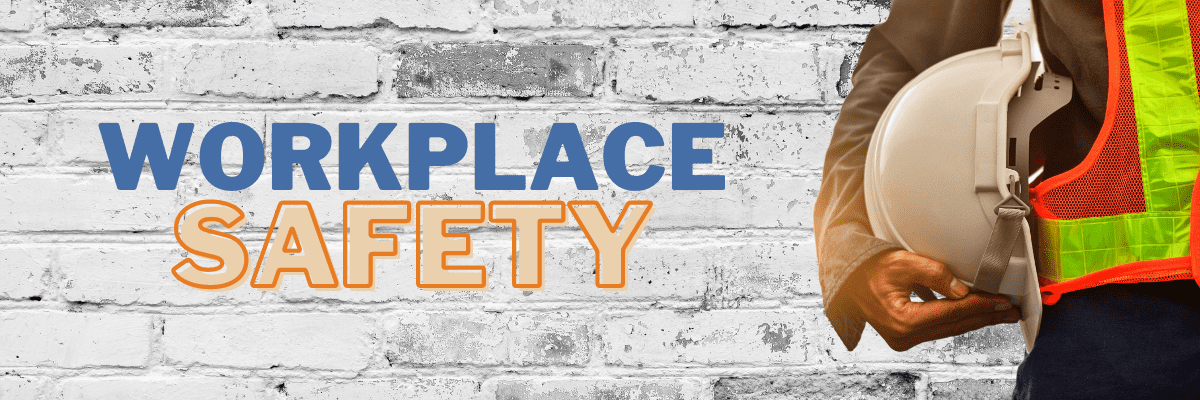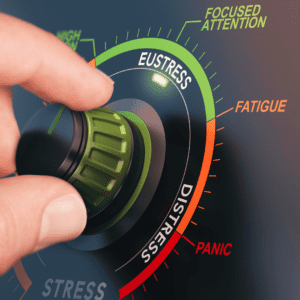 Ensuring that your workplace is safe is an absolute must for any organization. By doing so, you are not only safeguarding your employees from potential hazards, but also fostering a positive work environment that enhances productivity and reduces the likelihood of accidents and injuries. Here are some practical workplace safety tips to help you improve safety measures in your own workplace.
Ensuring that your workplace is safe is an absolute must for any organization. By doing so, you are not only safeguarding your employees from potential hazards, but also fostering a positive work environment that enhances productivity and reduces the likelihood of accidents and injuries. Here are some practical workplace safety tips to help you improve safety measures in your own workplace.
The tips below are not all inclusive but rather are simple best practices to help you get started.
Establish a Safe Culture in the Workplace
Creating a safe workplace culture is essential for all organizations. The key to achieving this is to build an environment where everyone, from top management to frontline employees, values and prioritizes safety. Encouraging open communication channels, providing regular safety training, and setting clear protocols for reporting potential hazards or accidents are all important steps to take. By making safety a shared responsibility, you can develop a workplace where all employees actively contribute to maintaining a secure and hazard-free environment.
Conduct Regular Risk Assessments
Conducting regular risk assessments plays a crucial role in identifying potential hazards and preventing risks effectively. It is important to evaluate all aspects of the workplace, such as equipment, machinery, work processes, and environmental factors. By doing so, you can develop effective strategies to eliminate or reduce potential hazards. Make sure to conduct periodic risk assessments, especially when introducing new equipment or implementing changes to the work environment.
Provide Ongoing Employee Safety Training and Education
To ensure the safety of your employees, it’s important to provide them with proper training. Comprehensive safety training programs should be implemented, covering topics such as emergency procedures, equipment usage, handling hazardous materials, and ergonomic practices. When it comes to safety, avoid a one-and-done approach and offer ongoing training to ensure that employees are up-to-date with the latest safety best practices and regulatory requirements.
Supply Personal Protective Equipment (PPE)
Personal Protective Equipment is a crucial component of workplace safety. Assess the hazards present in the workplace and provide appropriate PPE to employees. Whether it’s safety helmets, goggles, gloves, or protective clothing, ensure that employees have access to the necessary gear and understand how to use it correctly. Regularly inspect and replace worn-out or damaged PPE to maintain its effectiveness. To maintain its effectiveness, conduct regular inspections and replace any worn-out or damaged PPE.
Promote Ergonomic Practices in the Workplace
Ergonomic hazards, such as repetitive strain injuries and musculoskeletal disorders, can significantly impact employee well-being. Educating employees on the importance of proper ergonomic practices, such as maintaining good posture, using ergonomic furniture, and taking regular breaks, can help reduce these risks. It is also a good idea to conduct ergonomic assessments to identify potential hazards and make necessary adjustments to workstations.
Encourage Reporting & Learning from Incidents:
To ensure a safe working environment, it’s vital to create a culture where employees feel comfortable reporting accidents, near-misses, or potential hazards without fear of retaliation. To begin, establish an incident reporting system, then investigate all incidents and near-misses thoroughly, taking appropriate corrective actions. By analyzing incidents, organizations can identify patterns, implement preventative measures, and continuously enhance safety in the workplace.
Workplace safety isn’t just a legal or ethical requirement – it’s also a strategic choice that can benefit both your organization and employees. By cultivating a safety-conscious culture, conducting routine risk assessments, offering relevant training, and enforcing necessary safety precautions consistently, you can establish a secure and productive work environment. Keep in mind, a safe workplace is a thriving workplace.
Looking for Some Support with Your Safety Program?
Manpower has an experienced Safety Manager who can come to your facility to help with risk assessments, training, plant tour to provide a full report of potential risks/hazards. Contact us today to learn more about leveraging our safety expertise for your gain!




















